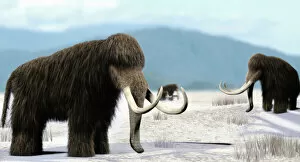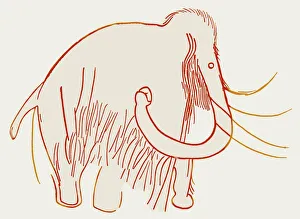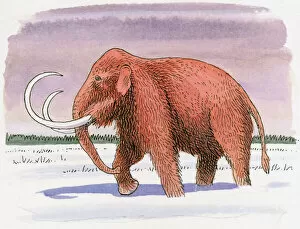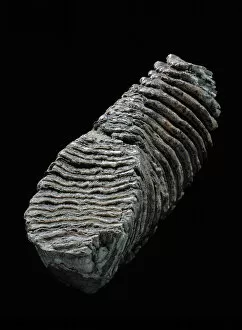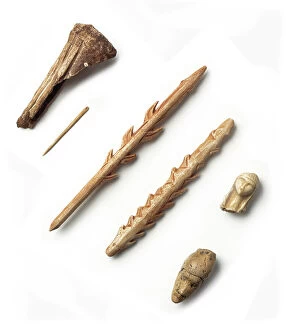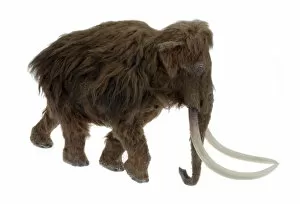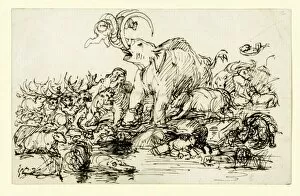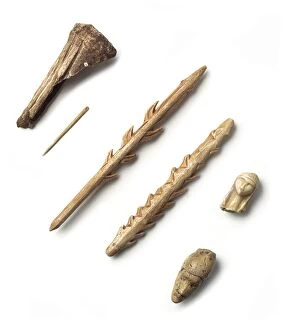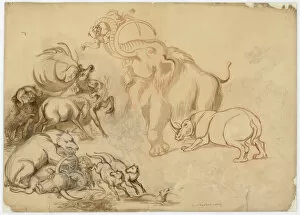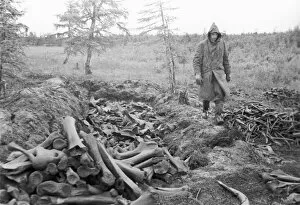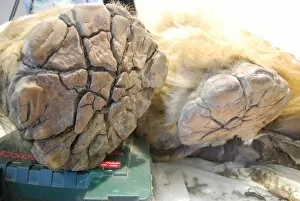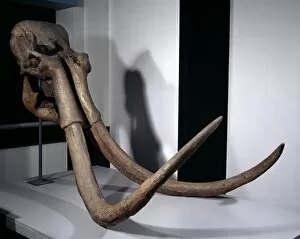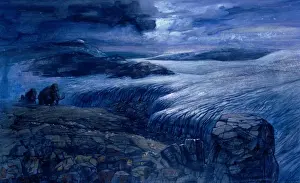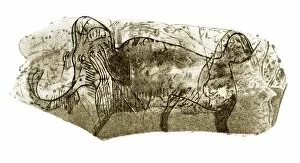Mammuthus Collection
"Mammuthus: A Glimpse into the Ancient World" Step back in time and explore the fascinating world of the mammoth, an iconic creature that once roamed our planet
All Professionally Made to Order for Quick Shipping
"Mammuthus: A Glimpse into the Ancient World" Step back in time and explore the fascinating world of the mammoth, an iconic creature that once roamed our planet. From cave paintings to intricate artwork, humans have long been captivated by these majestic beings. Imagine standing before a cave painting depicting a mammoth, its powerful presence immortalized on stone walls. The artist's skillful strokes bring this ancient beast to life, reminding us of our deep connection with nature. An illustration transports us to the beginning of the Ice Age, where a Woolly Mammoth gracefully walks through snow-covered landscapes. Its thick fur protects it from the harsh elements as it navigates this frozen world. A detailed drawing of a mammoth skeleton reveals its impressive size and structure. This glimpse into prehistoric anatomy allows us to marvel at their sheer magnitude and understand their place in Earth's history. The Woolly Mammoth, with its shaggy coat and curved tusks, is perhaps one of the most well-known species within the Mammuthus genus. A tooth from one such woolly giant serves as a tangible link between past and present - a relic from an era long gone. Venus figures dating back 22, 000-30, 000 years showcase early human fascination with mammoths' grandeur. These figurines pay homage to these magnificent creatures while providing insights into ancient cultures' beliefs and artistic expressions. Discover Upper Palaeolithic tools crafted by skilled hands 18-30 thousand years ago – evidence of early humans' resourcefulness in utilizing every part of these gentle giants for survival purposes. A model of Ilford Mammoth takes center stage; meticulously crafted to recreate what was once alive thousands of years ago. It stands as a testament to scientific curiosity and dedication towards understanding our planet's rich history. Pen & ink sketches by Benjamin Waterhouse Hawkins transport us further into Victorian times when scientists sought to reconstruct these extinct creatures.

